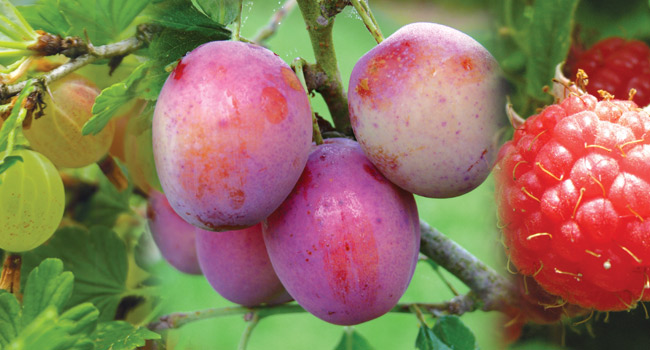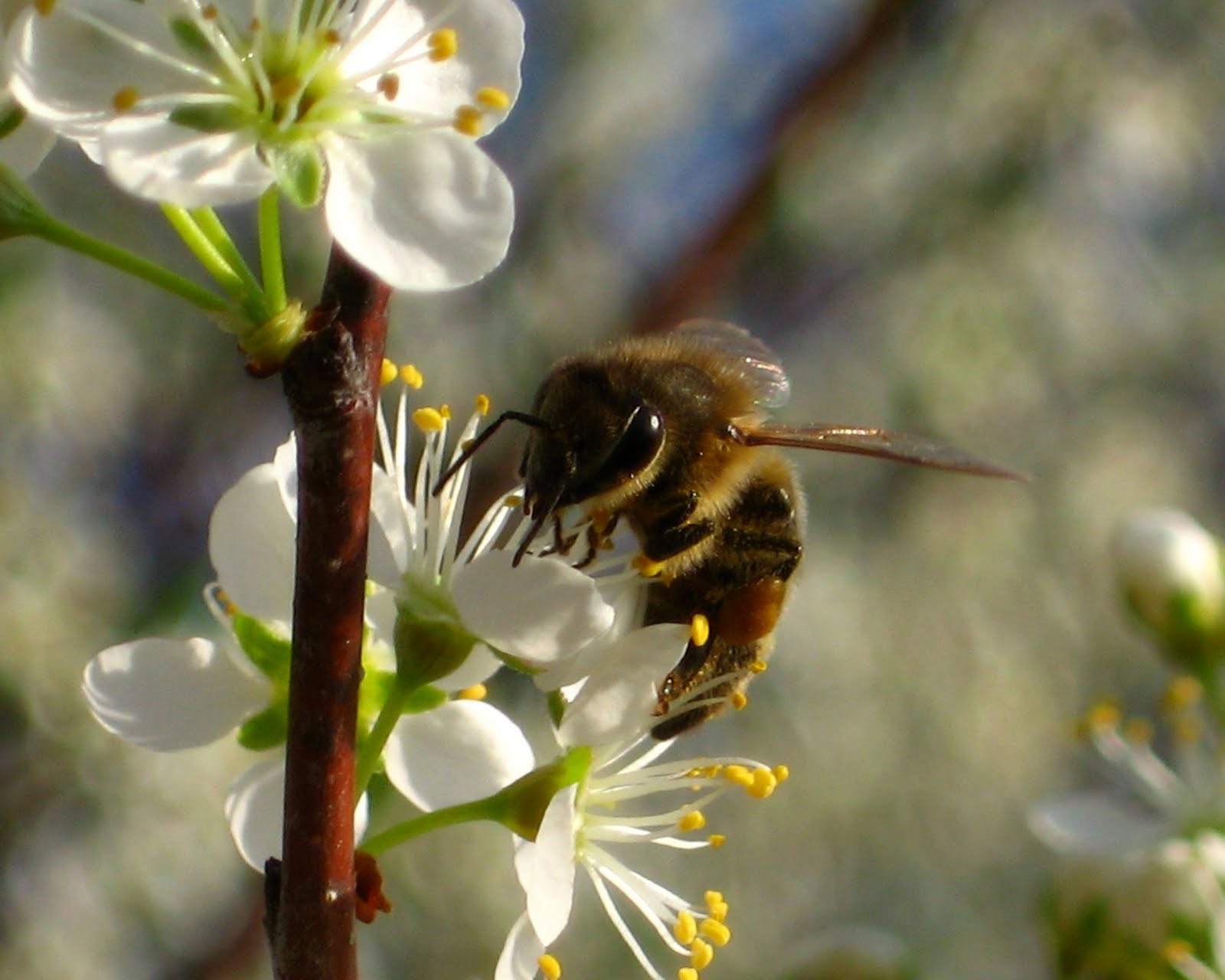
I hope that you managed to get your tender plants through last week's frosty weather. We had the frost blankets out almost every night in the nursery last week but still had a bit of damage from the days when the north winds blew strong and cold!
Looking ahead to the long range forecast, it looks a bit wet but warmer.
Hopefully we have turned a corner.
Keep those frost blankets handy though, as the full moon of June is on the 2.
We will often get our last frost around that time, if the night is clear.
I wanted to give you some information about cross pollination for fruit as this is a question we get repeatedly at the garden centre.
Some plant varieties will produce fruit all on their own; a few will but produce a better crop when cross pollinated; and many require cross pollination to produce any fruit at all.
Small fruit, such as strawberries, raspberries, currants, gooseberries and grapes, will all give you a crop regardless of the number of plants you grow.
However it's pretty rare for a gardener to plant just one strawberry or raspberry plant.

Blueberries need to be planted with a minimum of two plants and those two need to be different varieties so cross pollination occurs and fruit forms.
For example: you can plant a North Sky and a North Country and as long as the bees are active while the bushes are blooming, you will get fruit forming.
If you are planting a larger blueberry patch and favor one particular type of blueberry, just be sure at least one of your plants is a different type.
Remember that blueberries need to grow in acidic soil to thrive.
You can purchase a bagged soil blend formulated for acid loving plants or add lots of peat moss to you planting site.
Each fall, mulch the bed with pine needles to keep the soil acidic.
Haskap berries are an easy plant to grow here in the north.
There is one variety called Berry Blue that is a pollinator for all the other types.
You just need at least one of these plants and any other type along with it to get fruit on all your bushes.
All apple trees need to be cross pollinated to produce fruit.
Plant two different apple varieties to get a crop.
If a neighbour has an apple tree that is a different type than yours and it is within flying range for the bees, that will work too.
Also, a flowering crabapple will pollinate an eating apple.
Pears are the same as apple and need two different varieties planted to produce fruit.
Just remember though, that an apple won't pollinate a pear tree.
They have to be the same kind of fruit tree.
It's a bit more complicated with plum trees.
There are Japanese and European types of plums.
Each group blooms at a slightly different time.
This means that you need to plant two different types of Japanese plums to get a crop or two different types of European plums to produce fruit.
A Japanese plum won't pollinate a European plum.
Many of the European plums will produce a crop all on their own but do fruit better when cross pollinated by a different variety within their group.
Sour cherry are the hardiest of the cherries for our area and are self-fruitful.
This means you only have to plant one tree and you will still get fruit.
Most sweet cherries do require cross pollination between two different varieties.
Stella is the only type that is self-fruitful.
However you will need a very sheltered area to plant it as sweet cherries are not truly hardy in our area.
There are several growing around town, but they are planted in yards that are well protected from the cold winter winds!
There are a few hardy varieties of apricots showing up on the market.
Once again you do need the space to plant two different apricots as cross pollination is required for fruit set.
Some ornamental shrubs and vines require you to plant at least one male plant with the female for berries to be produced.
This is true for both evergreen and deciduous holly.
One male is all you need; he can pollinate a harem of females!
If you want to see the nice orange berries on a bittersweet vine or fruit on a kiwi, you also need to plant a male and female so the female can produce the crop.
Luckily growers label plants male or female to take the guesswork out of this process!